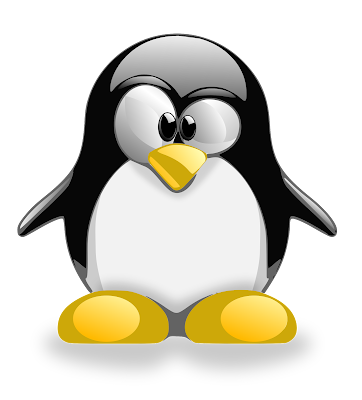Tux is the official mascot of the Linux operating system. The concept of Tux was initially created by Larry Ewing in 1996 as a submission for a Linux logo competition. The competition was held by Linux creator Linus Torvalds, who wanted to have a logo for the Linux operating system.
Tux is a black and white penguin that has become an iconic symbol of the Linux operating system. The penguin was chosen as the mascot because of its association with the cold and icy climate of Antarctica, where penguins are found. The penguin is also a symbol of stability and adaptability, which are qualities that are desirable in an operating system.
The name "Tux" is a combination of the words "Torvalds" and "Unix". Torvalds is the creator of Linux, and Unix is the operating system that Linux is based on. Tux was created as a play on words, combining the two names to create a unique name for the Linux mascot.
Tux is often depicted in different poses and situations, such as wearing a Santa hat for Christmas or holding a heart for Valentine's Day. The Tux logo can be found on various Linux distributions, websites, and merchandise.
The Tux mascot has become an important part of the Linux community, representing the open-source nature of the operating system and the creativity and innovation of the people who use it. Tux has also become a symbol of freedom and independence, as Linux is a free and open-source operating system that allows users to customize and modify it to their needs.
Tux is the iconic mascot of the Linux operating system, representing the stability, adaptability, and creativity of the Linux community. The penguin has become an important symbol of the open-source movement and the freedom that comes with using Linux.
Appearance: Tux is a black and white penguin with a yellow beak and feet. He is typically depicted sitting upright, with his flippers hanging at his sides. Tux is often shown with a friendly expression on his face, and sometimes his eyes are half-closed.
Origins: Tux was created in 1996 by Larry Ewing, a software developer who was working on an image-editing program called GIMP. Ewing created Tux as a submission for a Linux logo competition, which was held by Linus Torvalds.
According to Ewing, he chose a penguin as the mascot because he thought it would be a fun and playful symbol for Linux. He also liked the idea of a penguin because it was an animal that was not typically associated with computers or technology.
Name: The name "Tux" is a combination of the words "Torvalds" and "Unix". As mentioned earlier, Torvalds is the creator of Linux, and Unix is the operating system that Linux is based on. Ewing came up with the name as a play on words, combining the two names to create a unique name for the Linux mascot.
Popularity: Tux has become an iconic symbol of the Linux operating system, and he is recognized by people all over the world. Tux has been used in a variety of ways, such as on t-shirts, stickers, and other merchandise. There have even been plush versions of Tux created!
Tux has also been featured in a number of video games, including the popular game SuperTux, which is a platformer game that stars Tux as the main character.
Meaning: Tux has come to represent many of the values that are important to the Linux community. Tux is a symbol of open-source software, which allows users to access and modify the source code of a program. This means that anyone can contribute to the development of Linux, and that the software is constantly evolving and improving.
Tux is also a symbol of freedom and independence, as Linux is not tied to any particular company or organization. Anyone can use Linux for any purpose, without having to pay for expensive licenses or worry about proprietary software.
Tux is an important symbol of the Linux community, representing the creativity, innovation, and freedom that are at the heart of the open-source movement.
 | |
| The Unofficial Tux mascot |
Source: Some or all of the content was generated using an AI language model


No comments:
Post a Comment
Contact The Wizard!
(he/him)